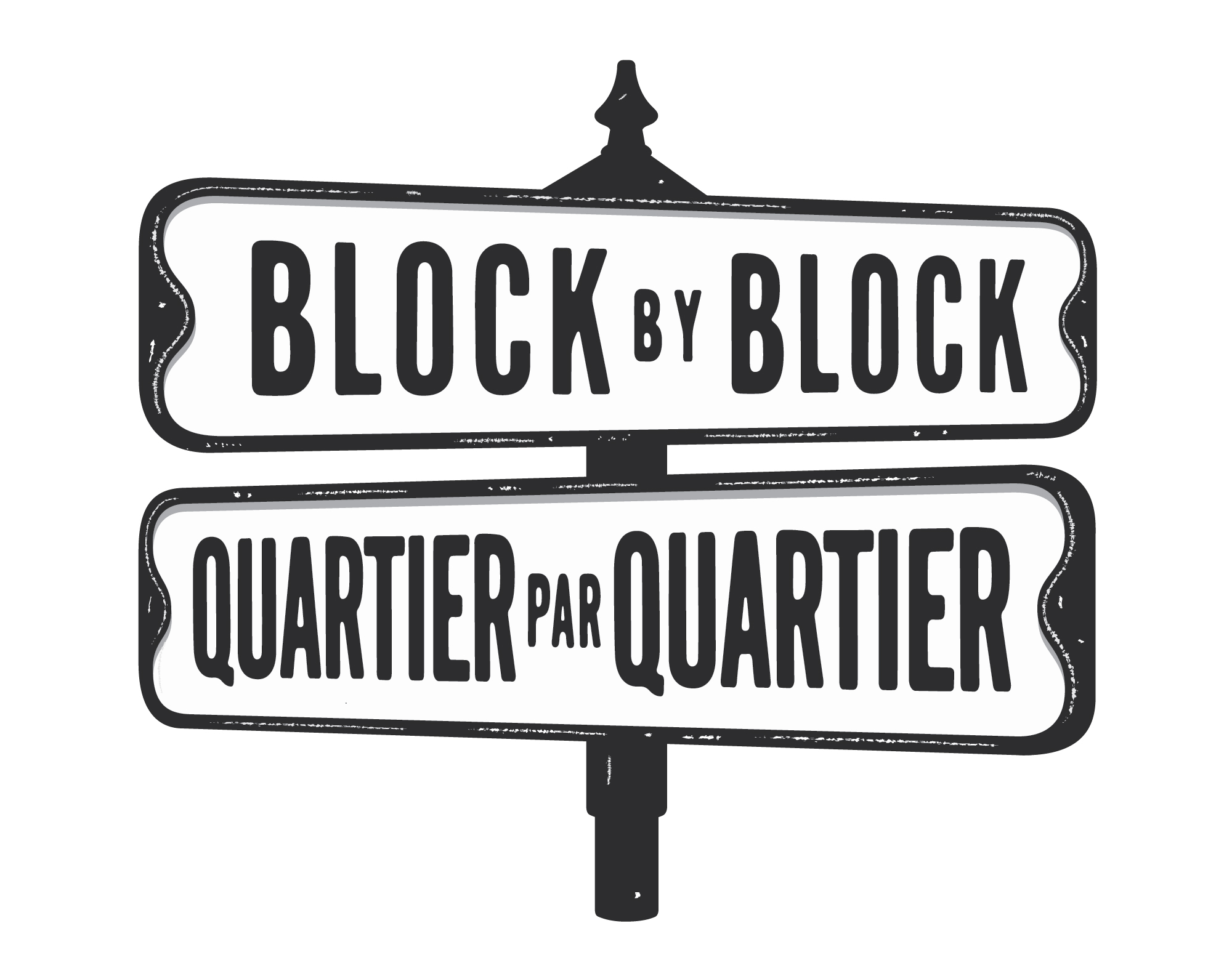Côte-des-neiges, Montréal
Côte-des-Neiges is a multicultural neighbourhood in the heart of Montreal. It sits on the unceded territory of the Kanien’kehá:ka (Mohawk) First Nation. Over 50% of the neighbourhood’s residents are first-generation immigrants, hailing from all over the globe, including Southeast Asia, Eastern Europe, North Africa and Latin America. The neighbourhood is home to particularly large Filipino, Black anglophone and Jewish communities. Cultural diversity, low rents and strong community services have attracted newcomers to Côte-des-Neiges since the early 1900s.
To learn more about the newcomer experience in Côte-des-Neiges, our youth research team interviewed ten diverse Côte-des-Neiges community members between May and July 2017. Some are longtime residents of the neighbourhood. Some are community workers who have dedicated their careers to improving quality of life in the neighbourhood. And some have only recently arrived and begun to make their mark on the neighbourhood. Between them, they told our team about many different aspects of contemporary life in Côte-des-Neiges; from its wealth of community services; to its artistic talent; to its ongoing housing and infrastructure issues. They also told us about their experiences settling in Côte-des-Neiges, and in Canada more broadly. These include discrimination in the workforce; the challenges of integration; and the joys of discovering dynamic multicultural neighbourhoods like Côte-des-Neiges. We hope you’ll enjoy the glimpses into their stories below. We also hope that you’ll participate in our ongoing conversation about newcomers and neighbourhoods by considering the questions we’ve posed in response to their reflections. How is the newcomer experience in your neighbourhood similar to that in Côte-des-Neiges? How is it different? What can we do to better support newcomers in Canadian neighbourhoods?
Click on the images to enlarge and read captions.
Intercultural Dynamics in Côte-des-Neiges
Click on the images to enlarge and read captions.
“Côte-des-Neiges is a welcoming place. When you walk into Côte-des-Neiges, you can see somebody looking just like me, and that’s nice. Anybody can come in and see their own identity represented.”-Kathy Roach
“The culture here is very open. On one hand it is very good; Canadian society is open to diversity and to different cultural groups. That’s really a privilege and an advantage. On the other hand, sometimes the openness can cause conflicts with our culture, traditions, or certain customs. That can cause challenges for families.”-Marsha Zhang
Côte-des-Neiges is diverse but cultural groups in the neighbourhood tend to stick to themselves. How do you experience intercultural dynamics in your neighbourhood?
Arts and Culture in Côte-des-Neiges
Click on the images to enlarge and read captions.
“Côte-des-Neiges is Hip Hop. The mentality, the spirit.” – Meryem Saci
“I feel a kind of pride, you know? This is my neighbourhood, even though I’m not Canadian. Côte-des-Neiges is so much a part of who I am now and how I see the world. It’s so important to hang on to your culture, especially in this day and age of gentrification.”- Mags Mbow
Montreal is internationally renowned for its arts and culture scene but established Quebecer communities still receive the most support. The talents of diverse artists from Côte-des-Neiges are paid less attention. Why do you think this is? What can be done to change things?
Housing in Cote-des-Neiges
Click on the images to enlarge and read captions.
“What they need to do is build housing for seniors. That’s what we need more of. Proper homes. Because they really can’t afford $1600 and then to pay for lights and water and everything else.” – June Best
“The ongoing problem in Côte-des-Neiges is that the housing stock is deteriorating. All of these buildings were built at a certain time and the slumlords have taken over. Some of the most notorious tenants’ rights cases have been in Côte-des-Neiges.”- Arnold Bennett
Quality housing has been a longstanding issue in Côte-des-Neiges. How have housing conditions changed over the years in your neighbourhood?
Civic Action in Côte-des-Neiges
Click on the images to enlarge and read captions.
“The Centre, really, was a resource to help me to integrate and get to know Montreal. It’s the place where I got an education and where I found the friends who are like my family. There’s a big difference for me, like, before the CTI and after the CTI. When I got here it really changed my story.” – Viviana Medina
“The issue in the Filipino community is how to have a stable life here. I’m a graduate of a university in the Philippines, but I cannot practice my profession of nursing. We all end up going to “surviving jobs”, like in factories. It is very difficult.”- Jayson Palolan
Some residents of Côte-des-Neiges have come to Canada through the Temporary Foreign Worker Program and are separated from their families. Others are unable to work in the field they were trained in and are stuck, instead, with what Jayson Palolan calls “surviving jobs”. Have you faced discrimination in the workplace? What kinds of employment challenges have you experienced?
Community Engagement in Côte-des-Neiges
Click on the images to enlarge and read captions.
“I was already a very involved citizen, but I decided to push my involvement even further with the goal of offering my neighbours an exceptional quality of life.” – Magda Popeanu
“The landscape of Côte-des-Neiges is always evolving. Years ago, for some reason, Côte-des-Neiges had a bad reputation…But there’s so much richness here. And that’s what I see. I see all the positive aspects of it.”- Brian Smith
Which organizations and individuals do you value for their contributions to your neighbourhood? How can the city and province best support their efforts?




